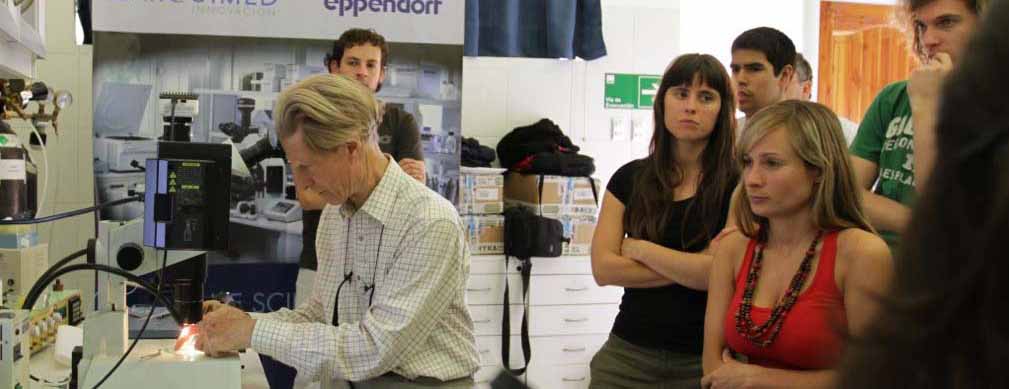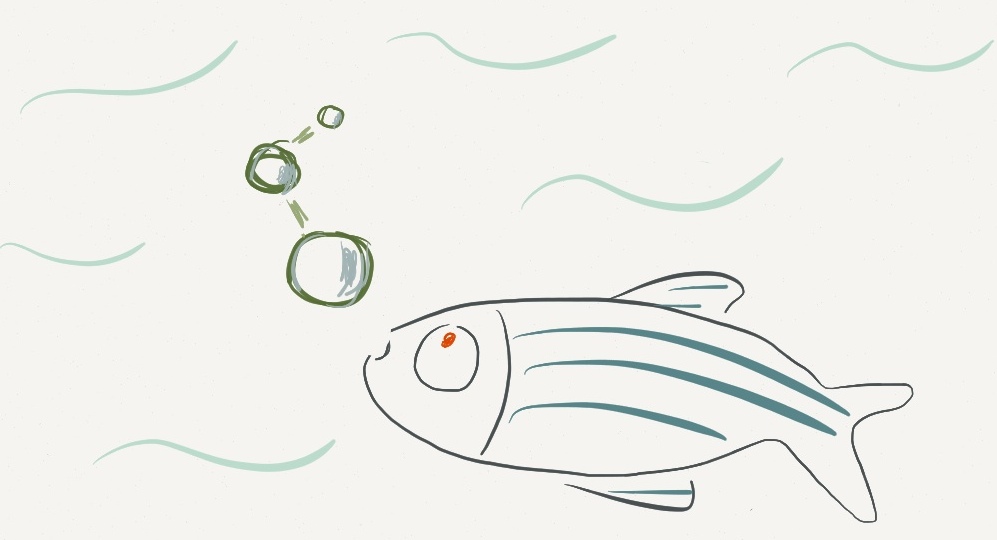My first encounter with the fish community
Posted by Catarina Vicente, on 15 July 2013
 I was really looking forward to attending the European Zebrafish Meeting. The fact that it took place in the amazing Barcelona was, of course, a bonus point, but the main reason why I was looking forward to it was that it was a fish conference. Before I was the Node community manager, I was a Drosophila researcher, and though I also worked with other organisms at different points, I never worked with zebrafish. In fact, for some reason or another, I never really interacted much with fish labs. This conference was my chance to get a feeling for the breadth of research being done by the fish community. This was also my first model organism-focused conference, and I was curious on any differences from topic conferences.
I was really looking forward to attending the European Zebrafish Meeting. The fact that it took place in the amazing Barcelona was, of course, a bonus point, but the main reason why I was looking forward to it was that it was a fish conference. Before I was the Node community manager, I was a Drosophila researcher, and though I also worked with other organisms at different points, I never worked with zebrafish. In fact, for some reason or another, I never really interacted much with fish labs. This conference was my chance to get a feeling for the breadth of research being done by the fish community. This was also my first model organism-focused conference, and I was curious on any differences from topic conferences.
The Node will feature a few posts focusing on the great sessions and keynote lectures in the next few days, so I will leave the science highlights to the fish researchers. Here I will give you a bit of a feeling for what the conference was like.
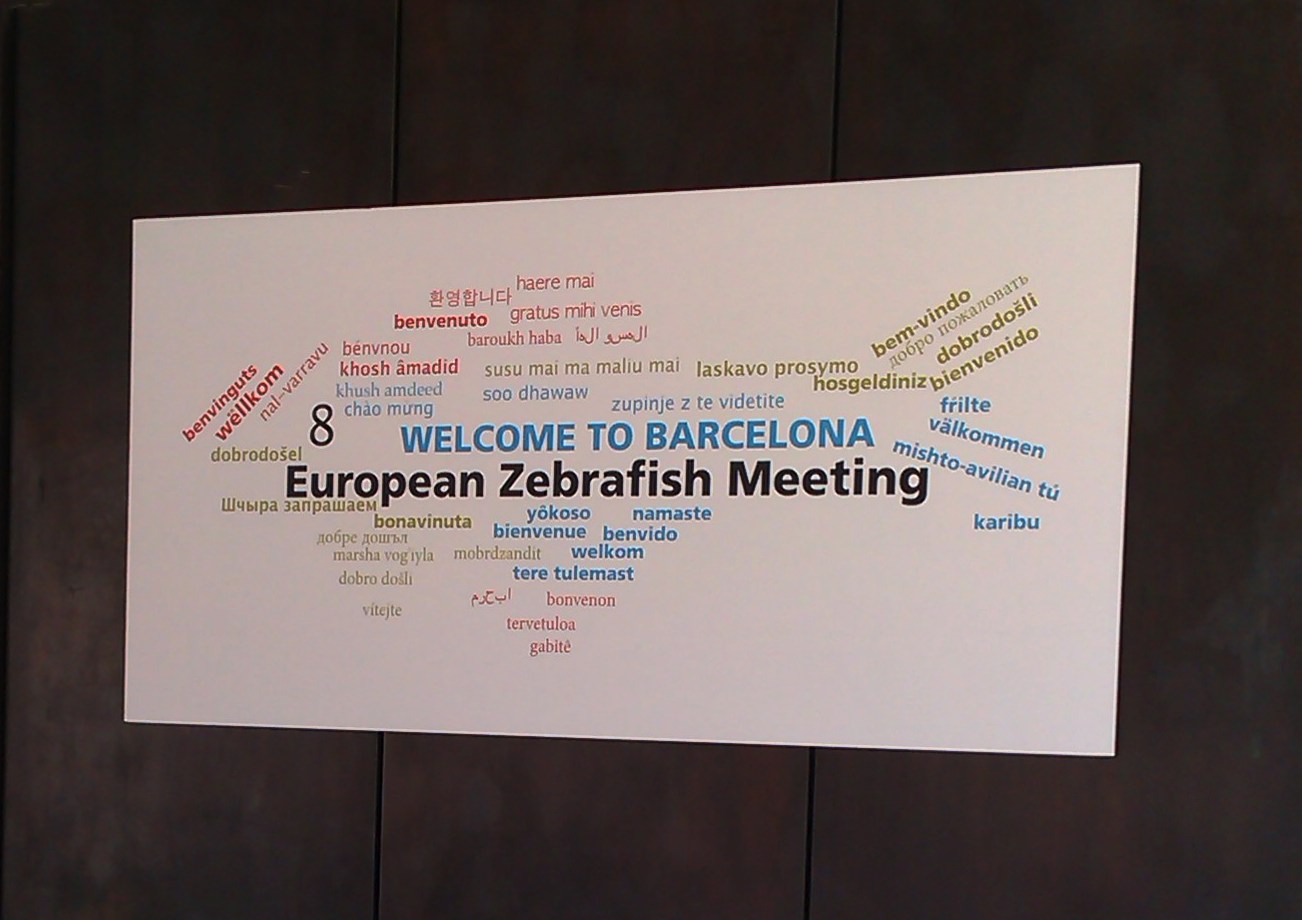 The fact that you were attending a fish conference became apparent as soon as you got close to the venue. That’s because the organizers had left a fish trail from the metro stop all the way to the venue. At the entrance of the conference venue, you got a fishy (?!) greeting: a board on a wall featured a fish made up of greetings in a variety of languages (although by the last day someone had added a greeting in chinese- I guess the organisers forgot one language!). Maybe not surprisingly, the fish references ran through the whole conference. The light effects in the main auditorium made up the stripes that give Danio rerio its most common name. In addition, the promotional material featured a fish-shaped structure, which a call-out on Twitter made me discover is a real building. It is here in Barcelona, and was designed by Frank Gehry for the 1992 Olympics. The fish love percolated even to the conference dinner, where each table had its own zebrafish bowl with live fish. Although the organisers confirmed that these fish were returned to the pet shop afterwards, the opinions were divided on what to make of the fish bowls. I must admit I was quite curious to have a close-up meeting with the critters I had been hearing so much about, and was even taught how to distinguish a male from a female.
The fact that you were attending a fish conference became apparent as soon as you got close to the venue. That’s because the organizers had left a fish trail from the metro stop all the way to the venue. At the entrance of the conference venue, you got a fishy (?!) greeting: a board on a wall featured a fish made up of greetings in a variety of languages (although by the last day someone had added a greeting in chinese- I guess the organisers forgot one language!). Maybe not surprisingly, the fish references ran through the whole conference. The light effects in the main auditorium made up the stripes that give Danio rerio its most common name. In addition, the promotional material featured a fish-shaped structure, which a call-out on Twitter made me discover is a real building. It is here in Barcelona, and was designed by Frank Gehry for the 1992 Olympics. The fish love percolated even to the conference dinner, where each table had its own zebrafish bowl with live fish. Although the organisers confirmed that these fish were returned to the pet shop afterwards, the opinions were divided on what to make of the fish bowls. I must admit I was quite curious to have a close-up meeting with the critters I had been hearing so much about, and was even taught how to distinguish a male from a female.
The breath of science covered was extremely interesting- from developmental biology to disease models; and the techniques covered ranged from the more classical morpholinos and in situs to the latest microscopy techiques and genomics. There was enough to please everyone, with of course a strong representation of developmental biology. You will be able to read more about some of the relevant talks on the Node soon.
For the non-fish person, what was the most surprising? I must admit that there were a few things that I found quite interesting. First of all the zebrafish meeting was actually about more than just zebrafish. Not only other fish species also featured, such as medaka, but many of the fish labs also work on other organisms, and that creeped up at different points of the conference. Another striking thing was the number of people who presented unpublished material. Finally, I was very impressed with the format of the talks. With the exception of the two keynote talks, all other talks were about 10 min long (in theory!). Not only this, but the vast majority of them were presented by PhD students and postdocs. As a consequence, an impressive number of studies were presented, and younger scientists got a chance to practice their presentation skills in front of a big audience. This may be the case in other model organism conferences (please do comment below if that is the case!), but it was a first for me, and I think it is a great format!
The best thing about this conference was, however, the fish community. Everyone was very friendly and welcoming, and I met several Node readers (and hopefully persuaded many more to check out the website and contribute). It was a great community to meet, and I almost feel sorry that I am not a fish scientist myself, so that I could join them again in Oslo in two years time!
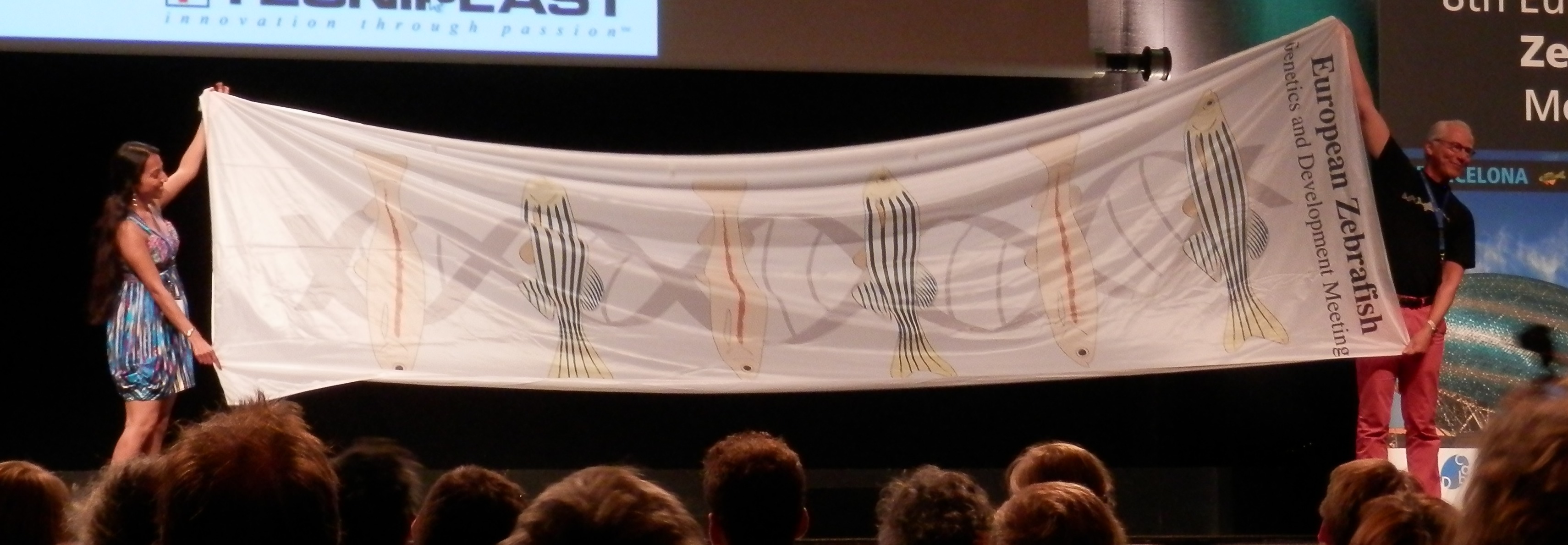 The official passing of the fish banner to the Oslo team
The official passing of the fish banner to the Oslo team
The Node tweeted from the conference, so you can check the Node twitter account and the hashtag of the conference for more details.


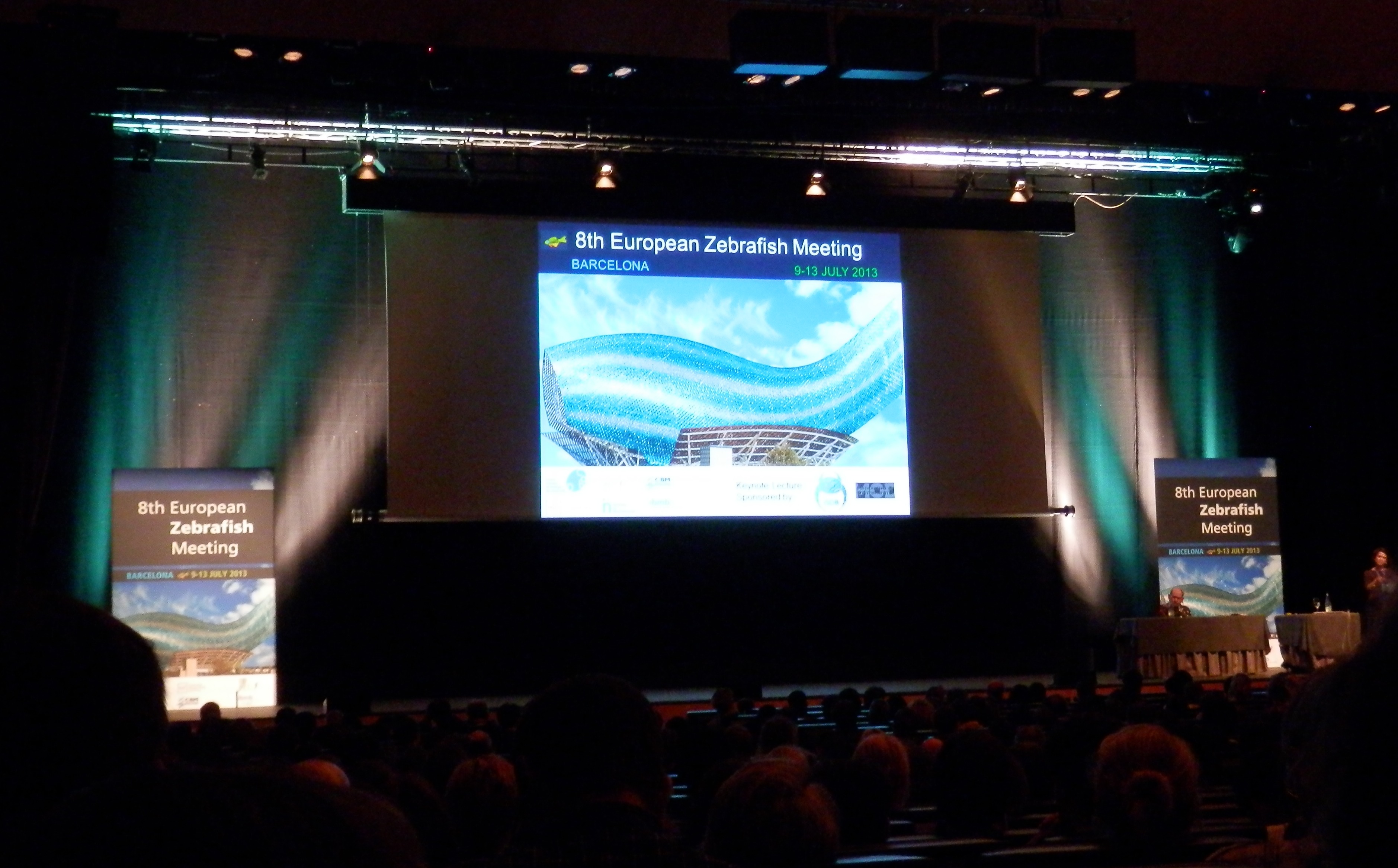
 (10 votes)
(10 votes)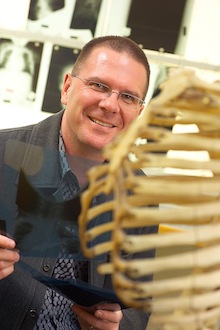
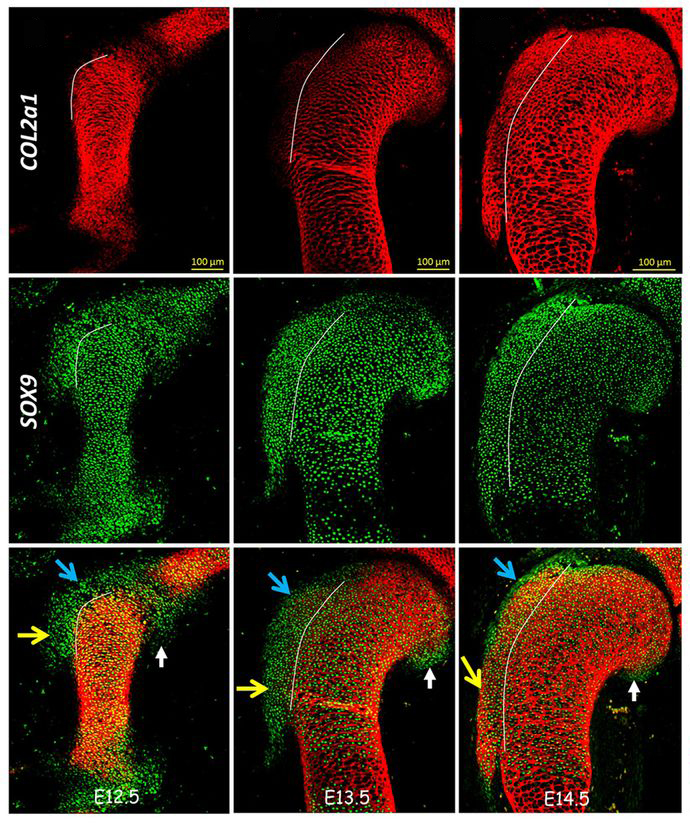
 (8 votes)
(8 votes)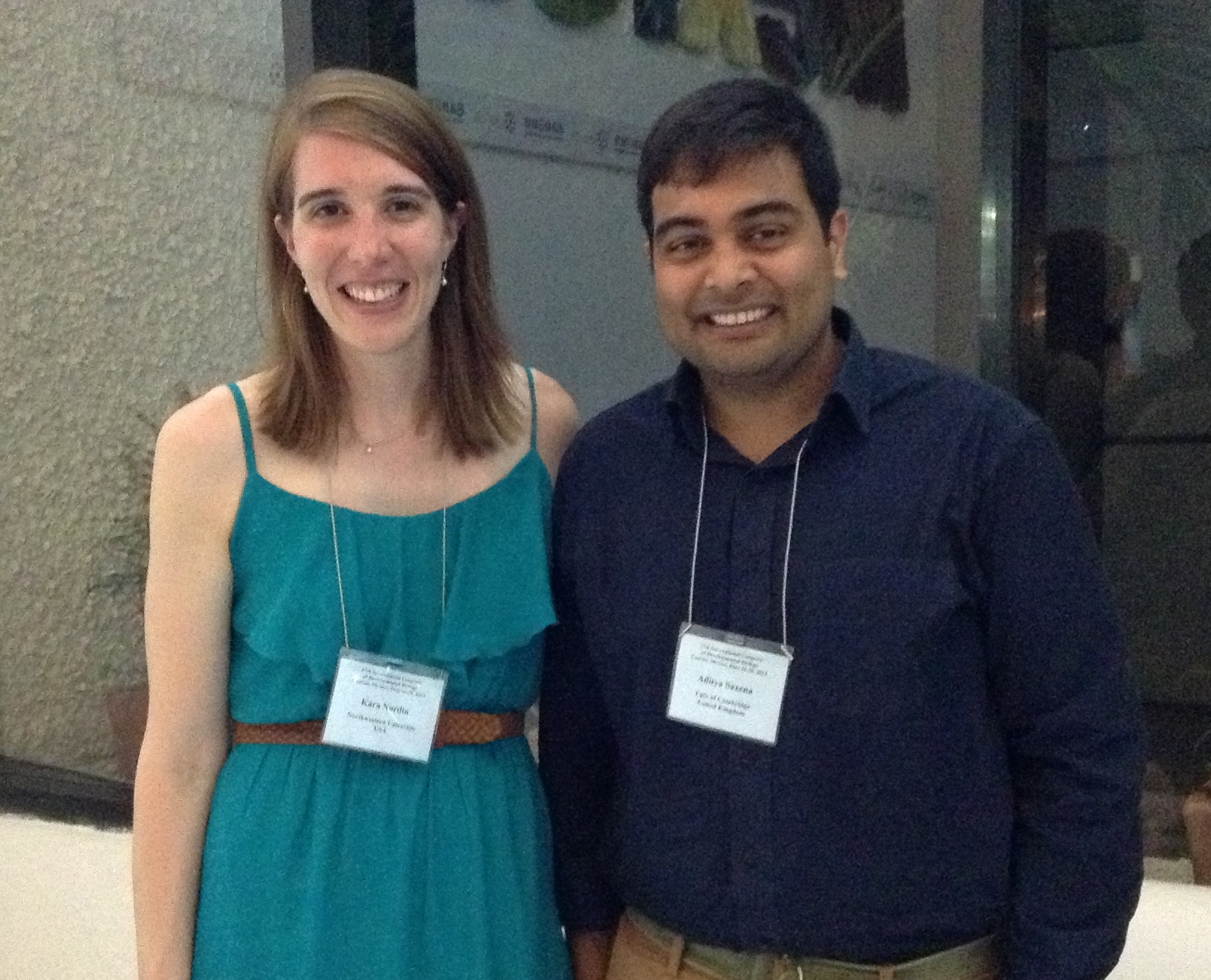
 (No Ratings Yet)
(No Ratings Yet)